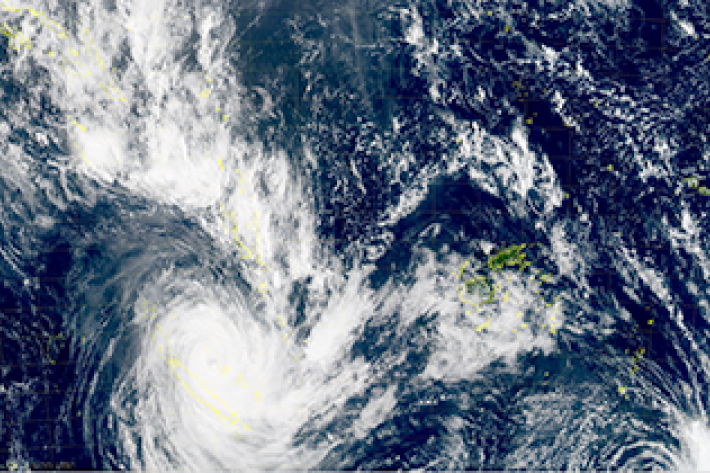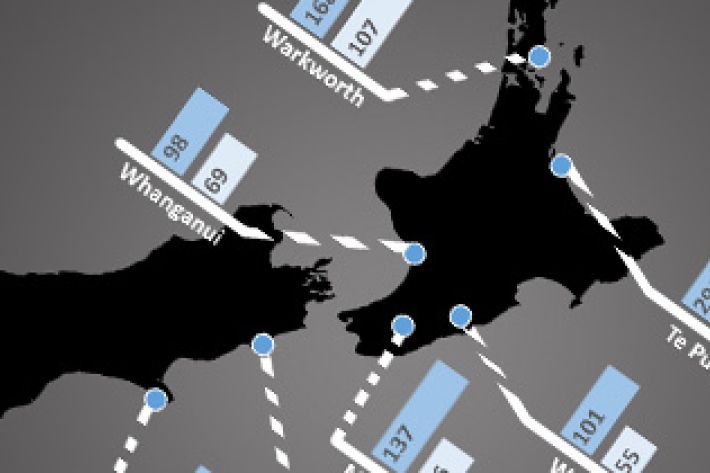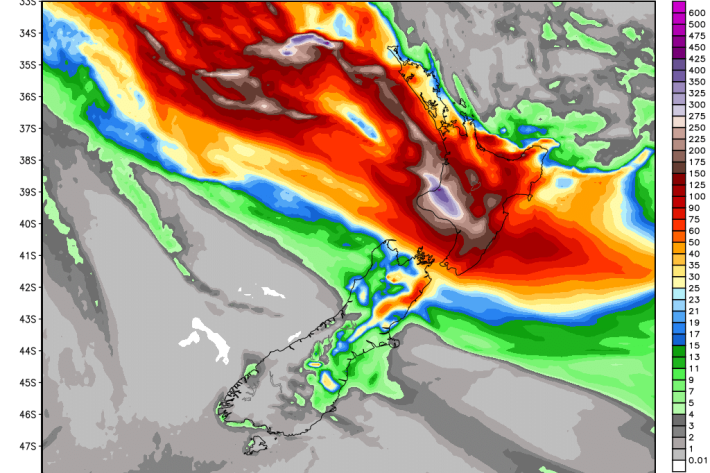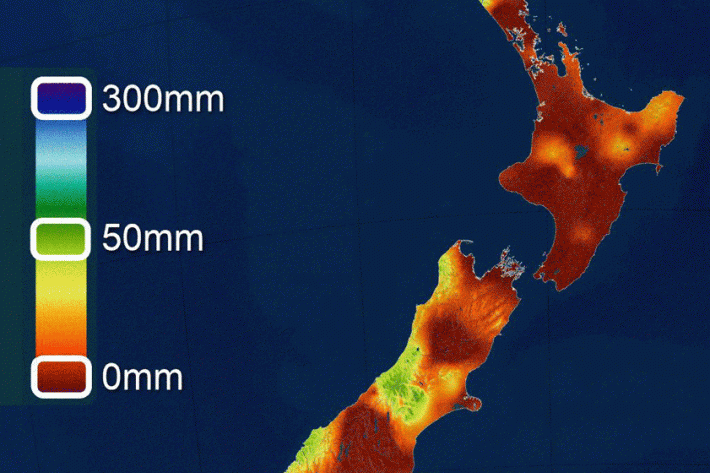-

Tropical Cyclone Cook churning across Pacific
Media release10 April 2017NIWA meteorologist Seth Carrier outlines the likely path of Cyclone Cook, which is gaining strength in the Pacific. -

Tropical Torrent by the numbers
Media release07 April 2017The Tropical Torrent that spread over New Zealand this week, produced up to three times the normal April rainfall for some locations in three days, NIWA forecaster Ben Noll says. -

Tropical Torrent takes aim at New Zealand
Media release31 March 2017After thrashing Australia, what’s left of ex-Tropical Cyclone Debbie is forecast to slowly move across the Tasman Sea over the weekend and soak New Zealand next week. -

NIWA's Hotspot Watch for 30 March 2017
Hotspot30 March 2017The final weekly update for the 2016-17 summer describing soil moisture across the country to help assess whether severely to extremely dry conditions are occurring or imminent. -

NIWA launches New Zealand Drought Index - a one-stop drought monitor
Media release24 March 2017A new tool to monitor drought conditions across New Zealand has been launched today by NIWA. -

Hotspot Watch for 16 March 2017
Hotspot16 March 2017A weekly update describing soil moisture across the country to help assess whether severely to extremely dry conditions are occurring or imminent. -

The Tasman Tempest takes its toll - time to tally up
Media release13 March 2017As the Tasman Tempest headed east off New Zealand today, it’s time to look at the statistics and see how many records it washed away. -

NIWA's Hotspot Watch for 2 March 2017
Hotspot02 March 2017A weekly update describing soil moisture across the country to help assess whether severely to extremely dry conditions are occurring or imminent. -

Wellington's summer was bad, but not as bad as you think—honest
Media release27 February 2017Summer officially ends tomorrow but for Wellingtonians it feels like it’s only just getting started. NIWA meteorologist Ben Noll explains what went wrong.


